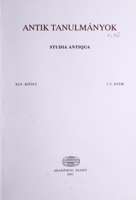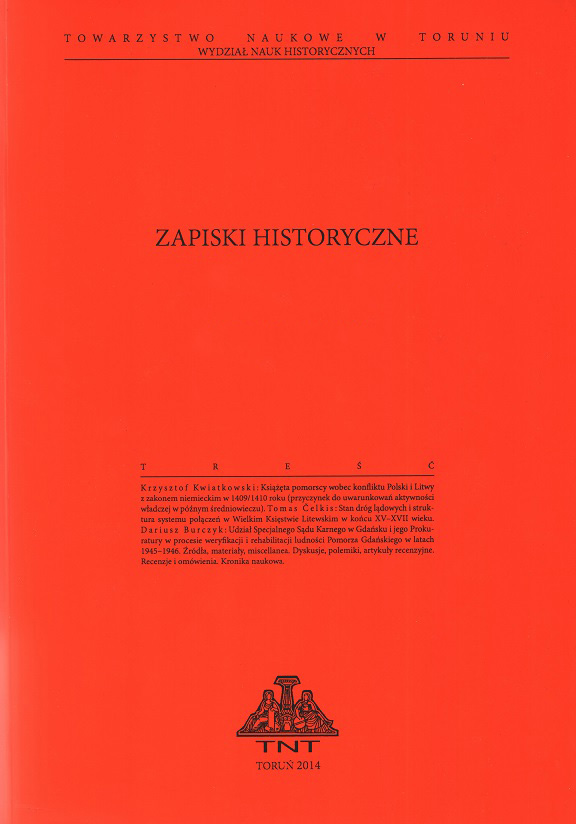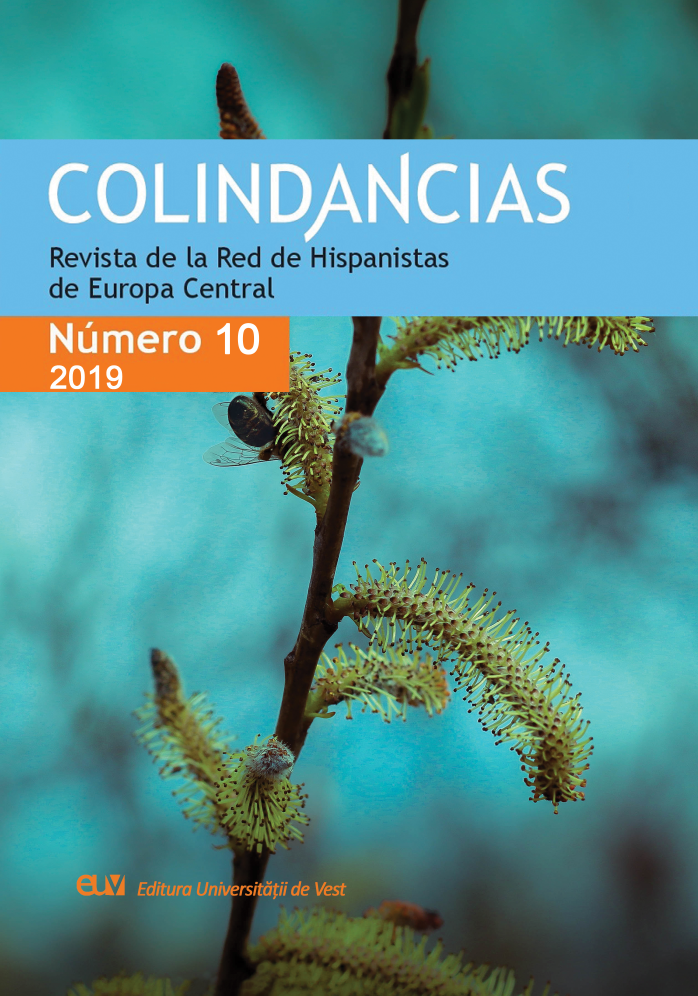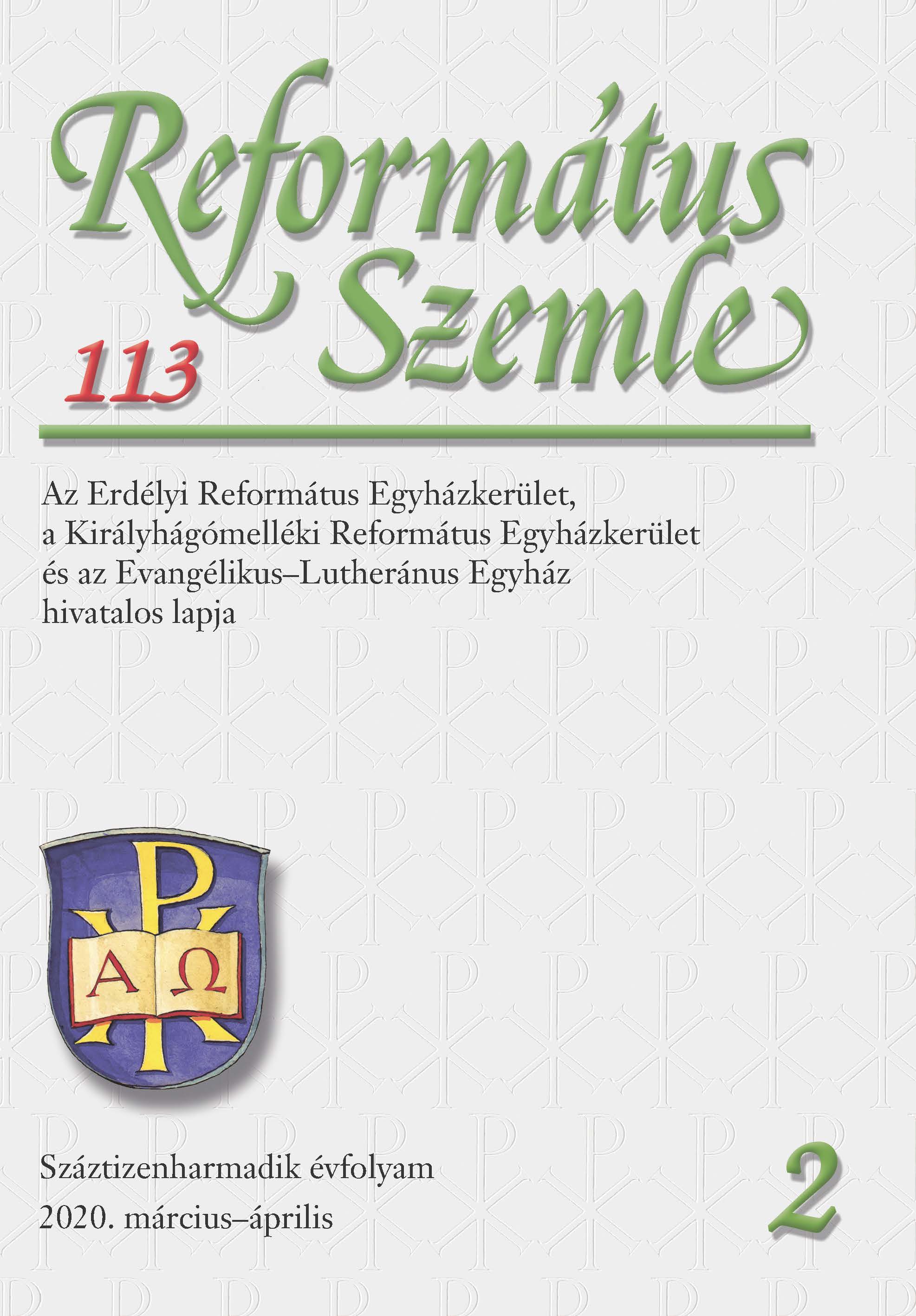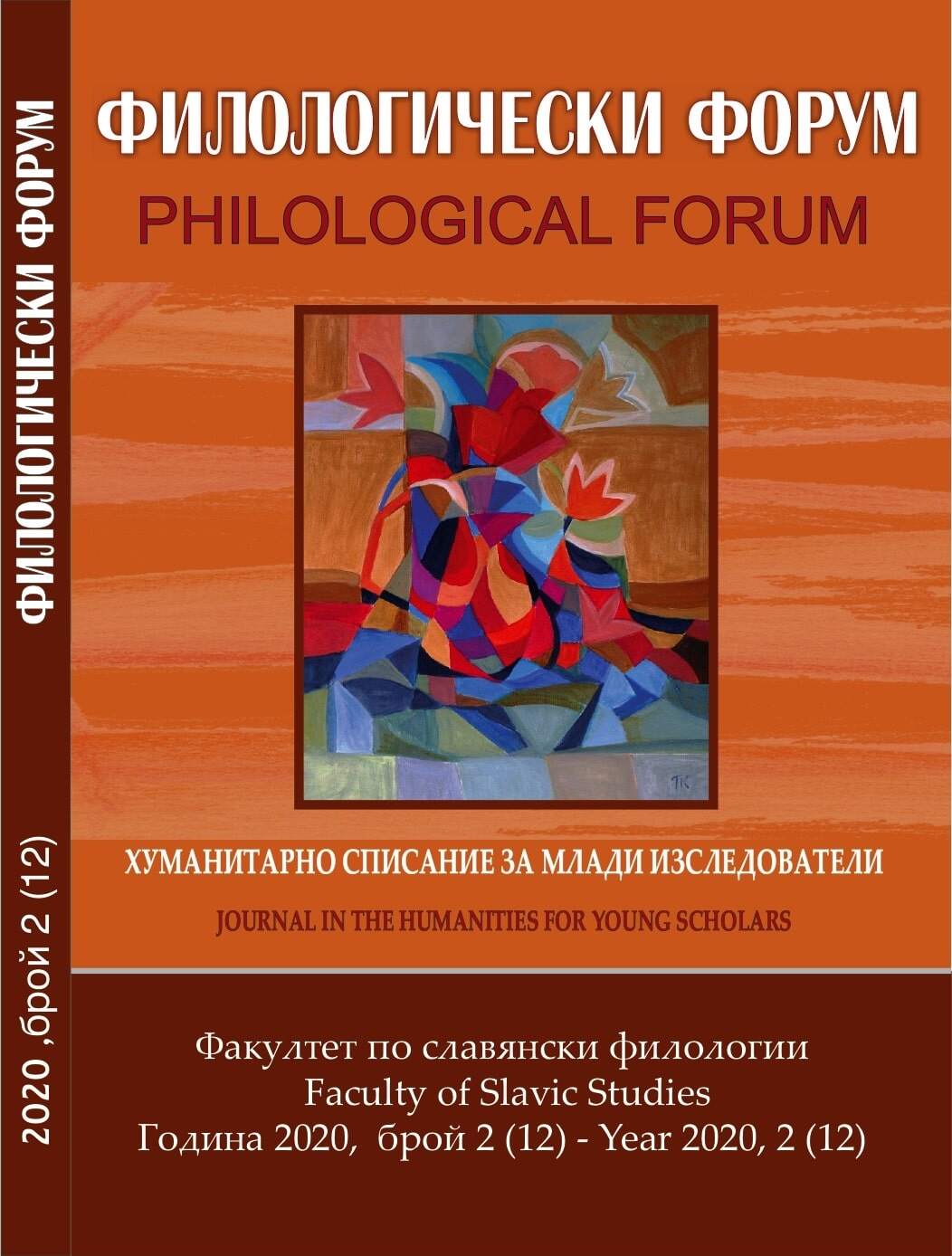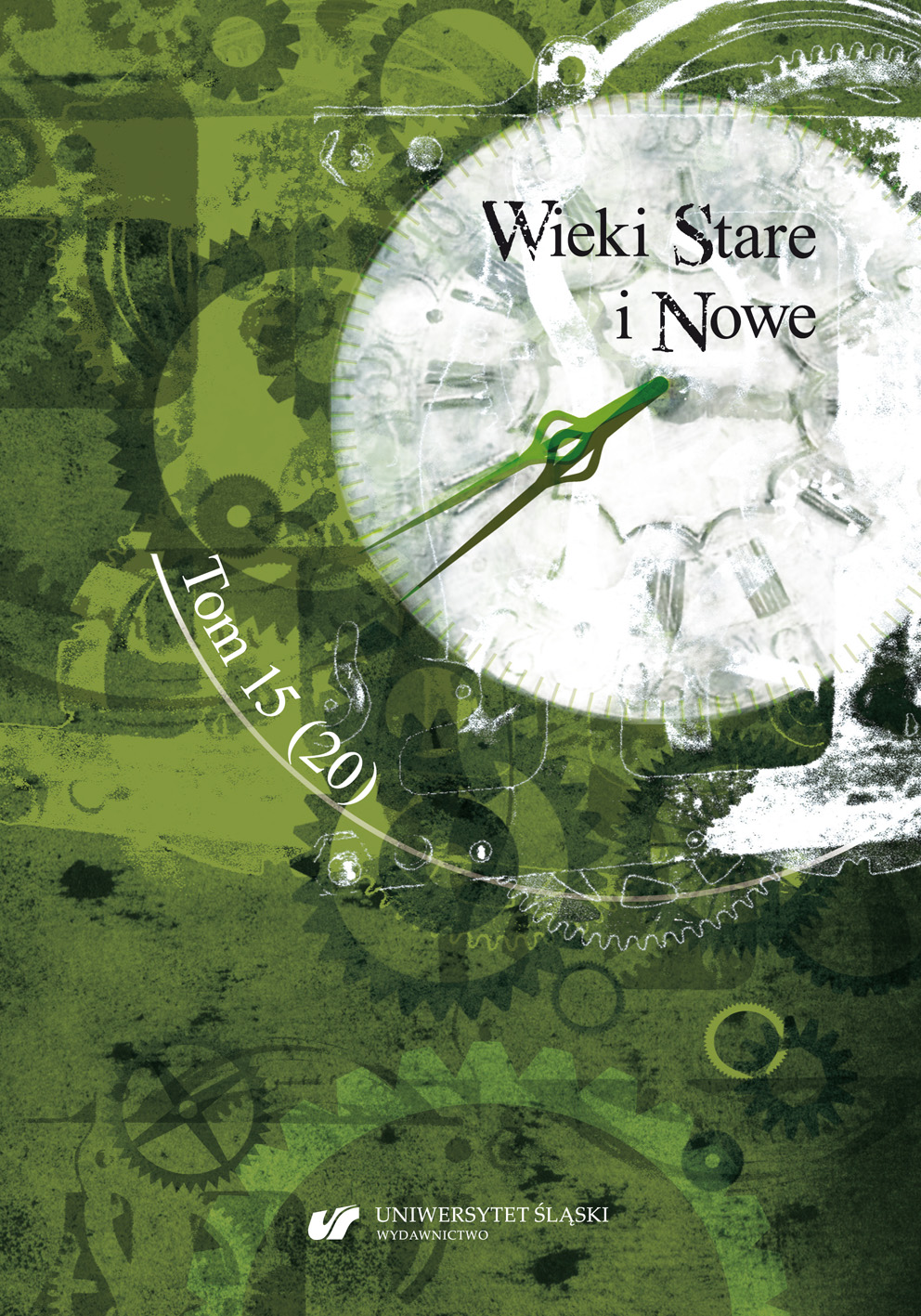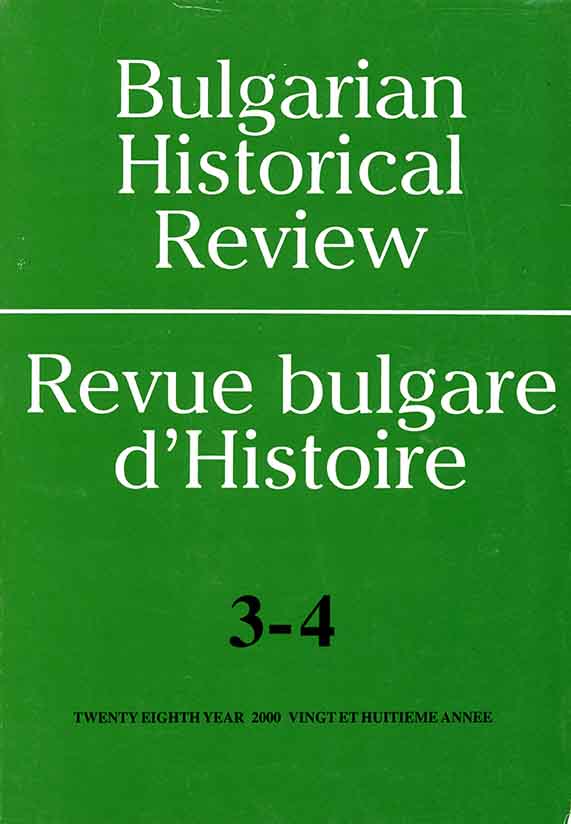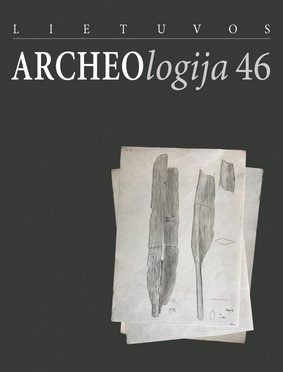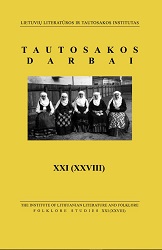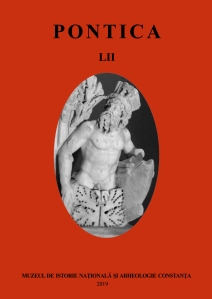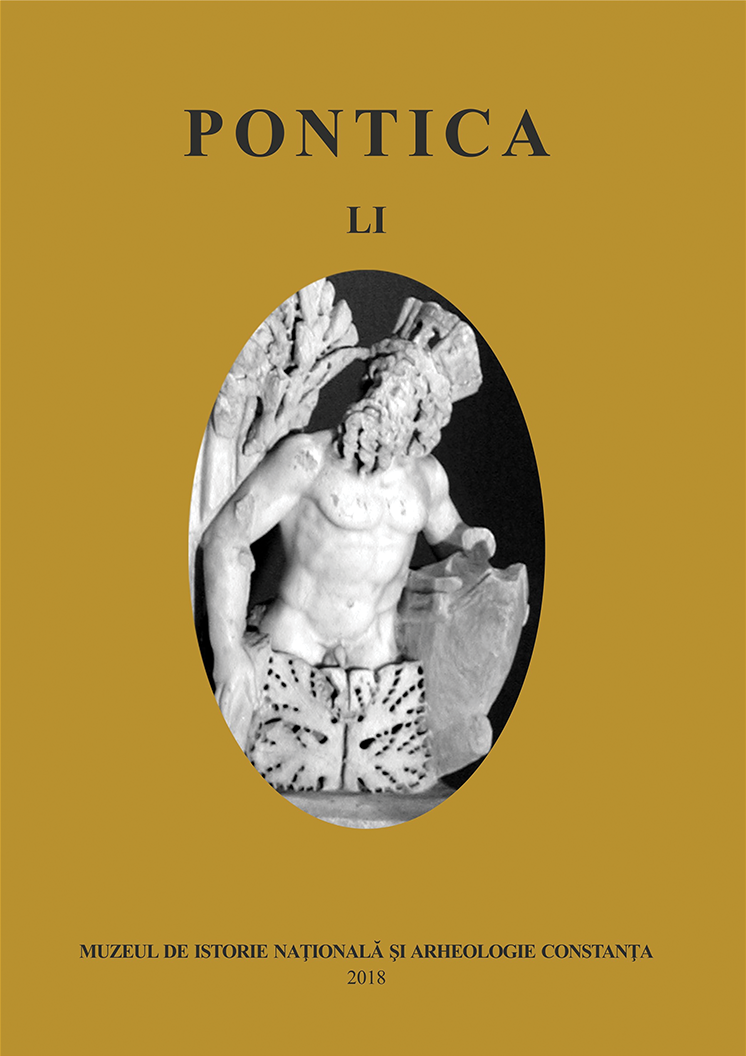Author(s): Vesna Dickov / Language(s): Spanish
Issue: 10/2019
Resumen: El presente trabajo está dedicado a las interpretaciones del Popol Vuh,una de las obras literarias más conocidas de los antiguos mayas, hechas por investigadores serbios a lo largo de la segunda mitad del siglo XX y durante las primeras dos décadas del siglo XXI. Con este objetivo,se presentan críticamente, respetando el criterio cronológico de su aparición, los textos sobre el Popol Vuh (estudios, ensayos,prefacios, postfacios, artículos), escritos por autores serbios y publicados, tanto en libros como en revistas literarias, en el idioma serbio. El marco metodológico que ha resultado más apropiado para comprender el proceso comunicativo en cuestión, así como su papel en la modificación del horizonte de expectativas de los lectores serbios, se apoya en el análisis y comparación de todos los elementos relevantes que forman parte de la recepción interpretativa en Serbia de la obra.
Abstract: The present work is dedicated to the interpretations of the Popol Vuh,one of the best-known literary works of the ancient Mayans, which were made by Serbian researchers throughout the second half of the 20th century and during the first two decades of the 21st century. With this objective, the texts on the Popol Vuh (studies,essays, prefaces, postfaces, articles) written by Serbian authors and published both in books and in literary magazines in Serbian language, are presented critically, respecting the chronological criterion of their appearance. The methodological framework that has been most appropriate to be applied in order to understand the communicative process in question as well as its role in changing the horizon of expectations of Serbian readers, is based on the analysis and comparison of all the relevant elements that form part of this aspect of the interpretive reception in Serbia.
More...

